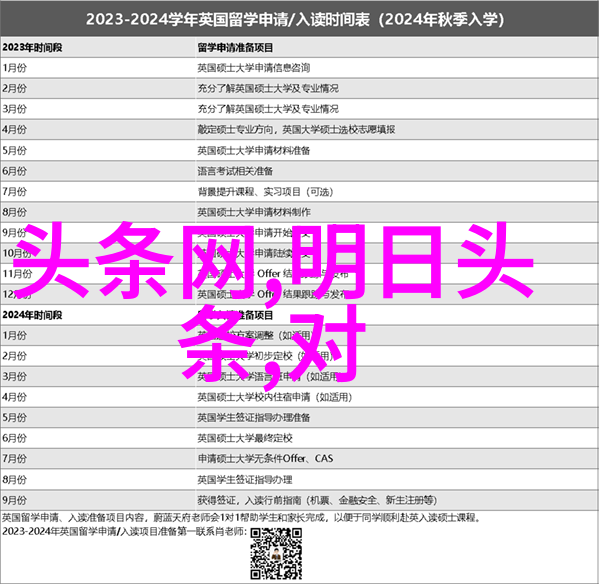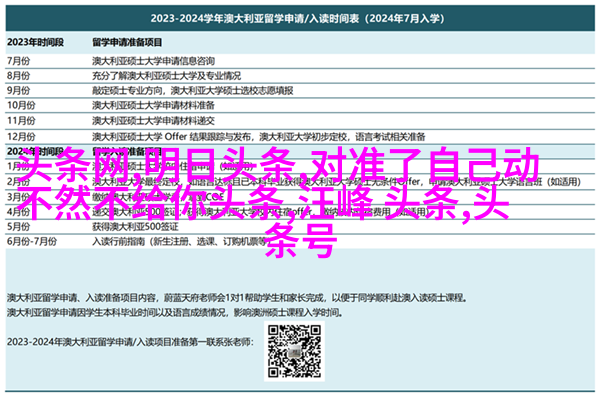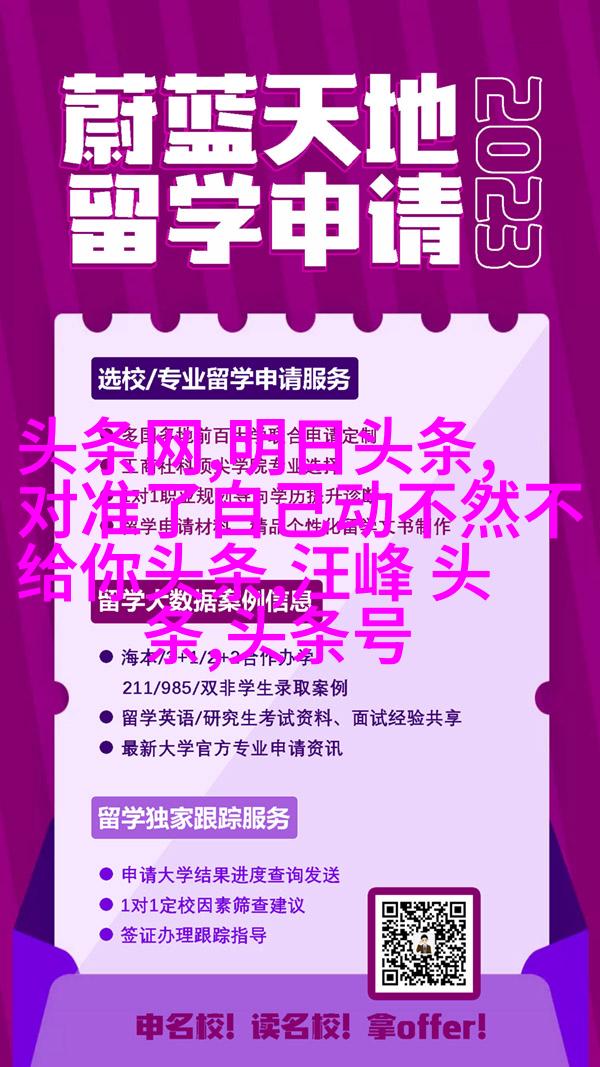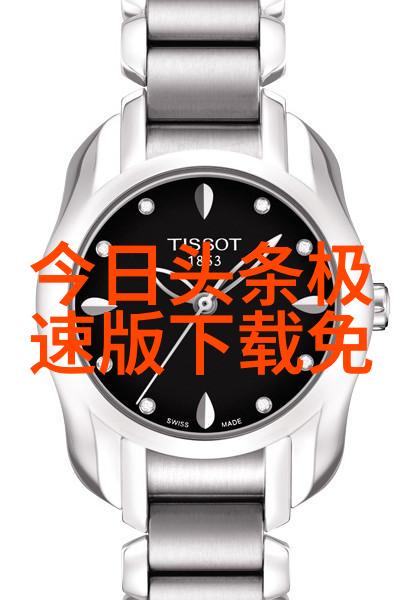Catwalk Conversations Mastering Fashion English fo
Catwalk Conversations: Mastering Fashion English for the Runway and Beyond

Fashion is a universal language that transcends borders and cultures, yet it often relies on a specific dialect to communicate effectively. This dialect is known as "时尚英语" or fashion English. It's the language of designers, models, photographers, stylists, and influencers who work together to create stunning visuals that capture our imagination. In this article, we'll explore six essential aspects of mastering fashion English.
Vocabulary

Fashion English has its own unique vocabulary filled with words like "runway," "catwalk," "model," "designer," "fashionista," and many more. To become proficient in this dialect, you need to learn these terms first-hand. For instance, understanding the difference between a runway show and a catwalk event can make all the difference in your comprehension of industry jargon.
Pronunciation

While speaking fashion English might seem straightforward at first glance, proper pronunciation is crucial for effective communication. Pay attention to enunciating each word clearly without mumbling or slurring them together - especially when speaking about high-end designer brands like Chanel or Louis Vuitton.
Grammar

Mastering grammar rules in any language takes time and practice; it's no different when learning fashion English. Understanding how to use correct verb tenses (past simple vs present perfect) will help you express yourself more accurately during conversations about past collections versus upcoming trends.
Idioms & Slang

Fashion enthusiasts love using idioms and slang expressions - just think of phrases like 'fashionably late' or 'style icon.' Learning these colloquialisms not only adds flavor to your conversations but also helps you connect better with fellow professionals within the industry.
5.Cultural References
Being familiar with key cultural references such as famous designers' names (e.g., Coco Chanel), iconic styles (e.g., little black dress), historical events (e.g., Renaissance era-inspired designs), or popular magazines (like Vogue) shows your knowledge of both history and current trends in fashion world.
6.Body Language & Nonverbal Cues
Body language plays an enormous role in non-verbal communication during events such as photoshoots or backstage interviews where there may be limited opportunities for verbal interaction.
To enhance your confidence while communicating through body language:
Maintain eye contact: When listening attentively from someone else speak.
Smile warmly: Show enthusiasm towards their ideas.
Nod frequently: Indicate agreement by gently tilting head up-and-down motion.
Use appropriate hand gestures: Avoid fidgeting but use hands lightly if needed while talking.
In conclusion mastering times-fashion english isn't merely about knowing technical terms but also involves understanding cultural nuances alongside good grammar skills which enable smooth flow conversation at every level whether discussing last season's collection trends ahead future ones making connections with other professionals sharing thoughts expressing excitement over new looks putting effort into enhancing nonverbal cues through body postures facial expressions hand movements thus allowing others feel comfortable engaging dialogue freely making most out interactions creating lasting impressions throughout career path within ever-evolving world style



